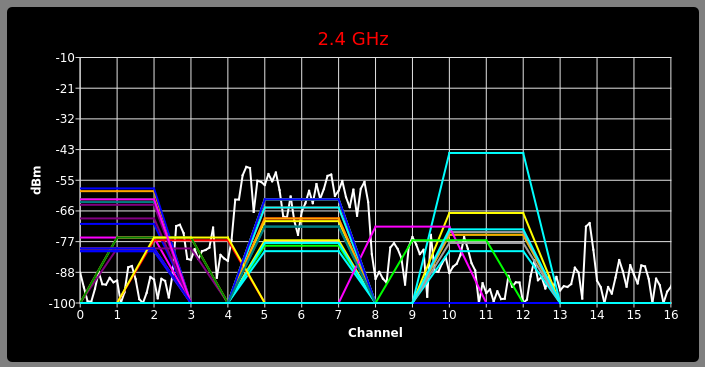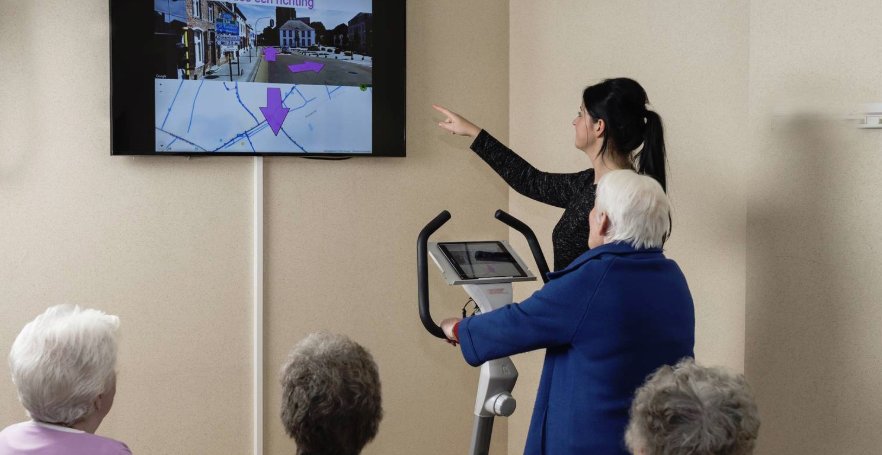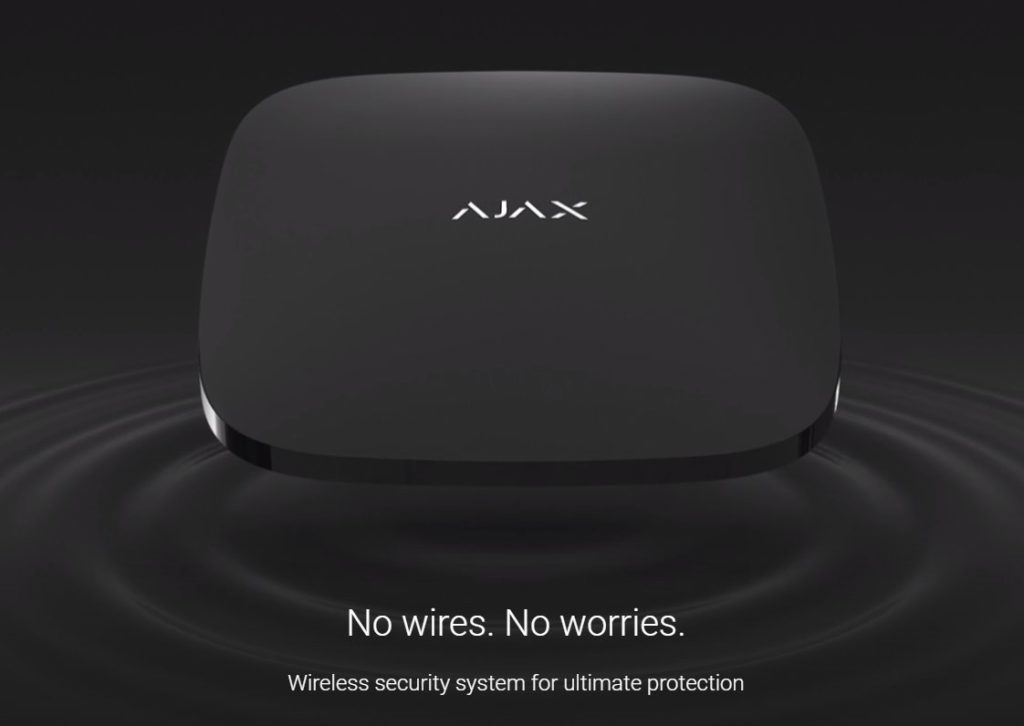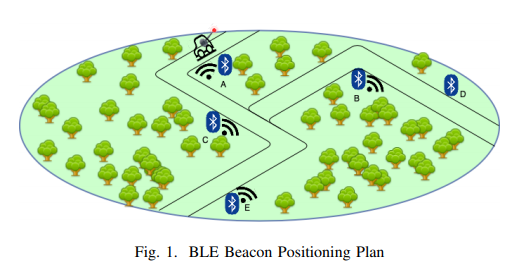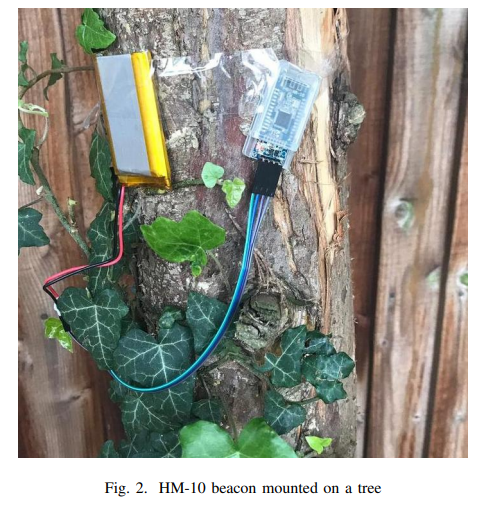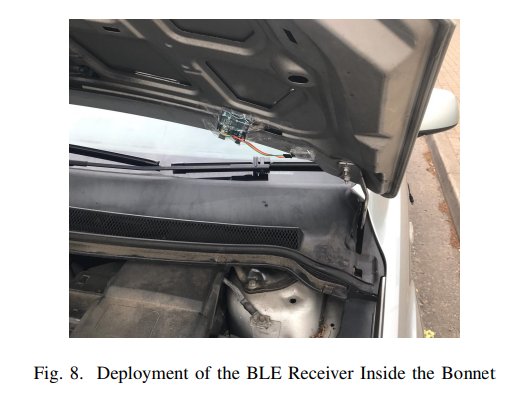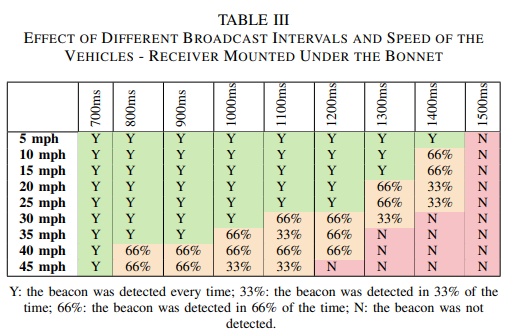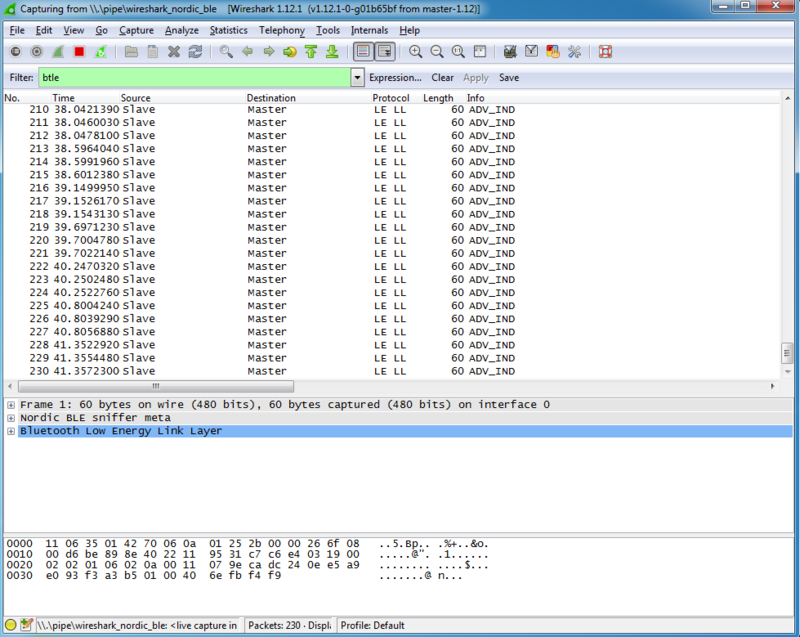Michael Spork, Carlo Alberto Boano and Kay Romer of the Institute for Technical Informatics, Graz University of Technology, Austria have a recent paper on Improving the Timeliness of Bluetooth Low Energy in Noisy RF Environments.
The paper looks into the affect of radio frequency (RF) noise on connection based Bluetooth LE communication and provides a mechanism that significantly improves the time taken to send a message in noisy environments. To be clear, beacon-related scenarios rarely use GATT connection based communication and instead use connection-less communication repeatedly broadcasting short packets on 3 advertisement channels (37, 38, and 39). Connection tends to be used only to set up beacon parameters or for more advanced scenarios where a device such as a smartphone connects to the beacon for bidirectional data transfer to get real time data, for example, more timely motion detection.
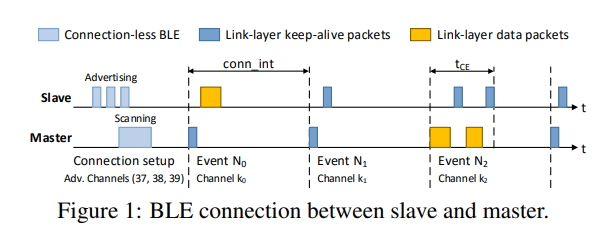
The authors distinguish their research as experimentally derived as opposed to analytic (just using calculations). They show how the Bluetooth Adaptive Frequency Hopping (AFH) algorithm allows Bluetooth devices to blacklist interfered channels and re-transmit packets on different frequencies until interference is avoided.
The paper shows how the AFH algorithm mitigates the effects of Wi-Fi interference near a Bluetooth master by blacklisting channels. An interesting insight is that the master is unable to detect Wi-Fi interference near the Bluetooth slave and is unable to adapt resulting in UDP messages being significantly delayed.
“Our experiments show that BLE connections are eventually able to successfully transmit all data packets, even under heavy Wi-Fi or Bluetooth interference”
The authors demonstrate that by lowering the connection interval in response to changes in the link quality, an application can reduced the average number of packets delayed from 6.18% to 0.54%.
Read about Bluetooth LE on the Factory Floor
